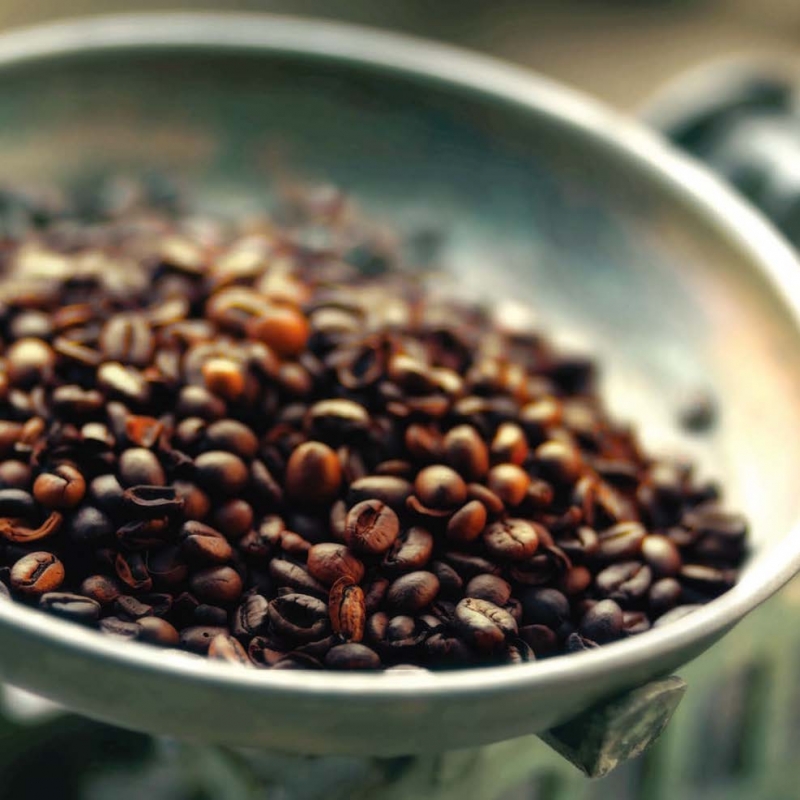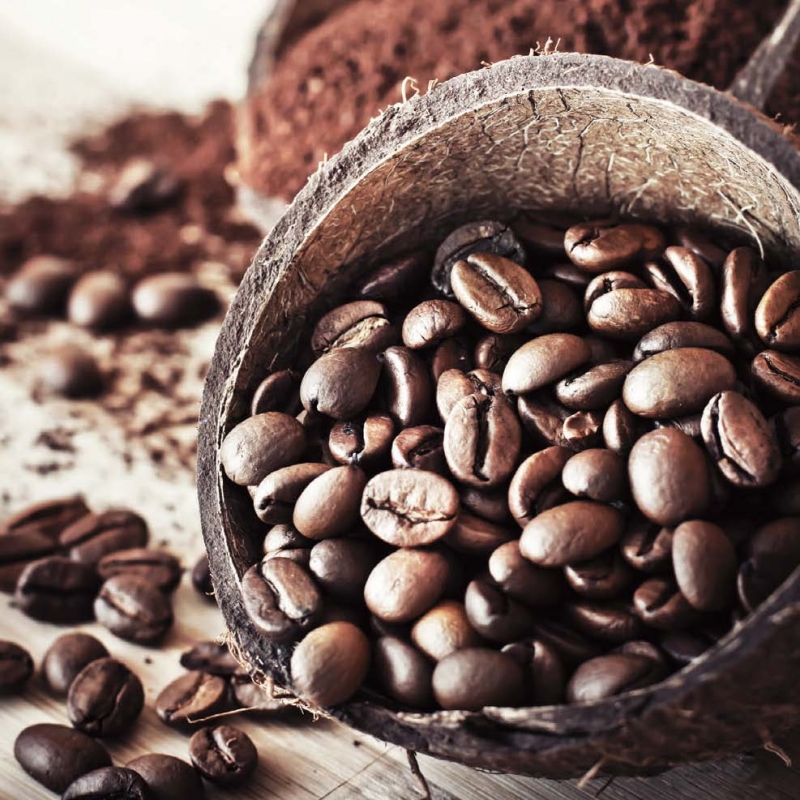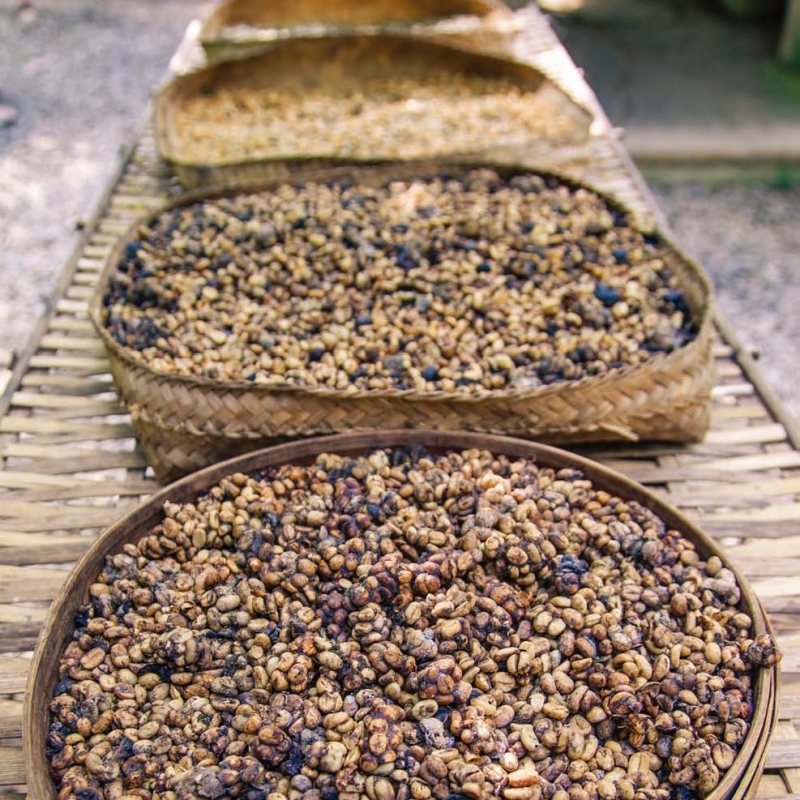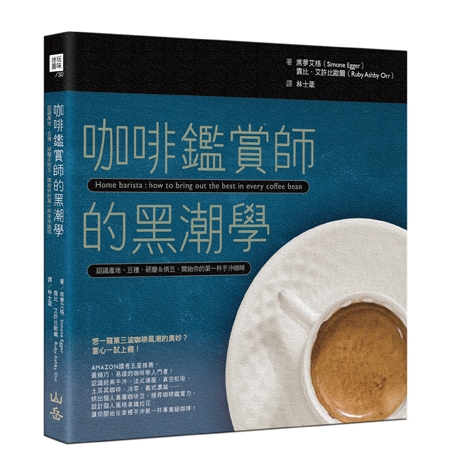Brazilian coffee is mild and clean and has low acidity. "Coffee flavor" from 16 countries is finished.

Where's the good coffee?
If you know where the coffee beans come from, you can roughly predict their flavor, so most packages indicate the original bean producing areas with conspicuous capital headings. From Kenya to Colombia, the conditions of different coffee producing areas, such as climate, prevailing varieties and treatment methods, are very different, and these conditions are the key factors that determine the final flavor of coffee.
Experts generally agree that each producing area has its own basic characteristics, but on the other hand, it also contains numerous possibilities. Therefore, the following will introduce the flavor characteristics of coffee around the world, but please remember that this is not the only reference indicator, because as you become more and more experienced, you will find that the taste of coffee is ever-changing, and there are many surprises for you to explore.
Central America
Coffee in Central America is famous for its sense of balance. All kinds of aromas can be smelled at the entrance, and multiple cocoa flavors are even more colorful against the fruity aromas. the supple and sweet taste shows different levels of acidity, and the mere imagination is refreshing. This area is a commercial coffee bean producing area with a long history, and its quality reputation varies from country to country.
Guatemala: Guatemala is a famous producer of boutique coffee, steadily producing top coffee beans with various flavors. The real high-quality Guatemalan coffee is mellow and moderate, clean, bright and energetic, with rich flavors of chocolate, spices, smoke, meticulous flowers and cream.
Mexico: Mexican coffee is famous for its light and mild taste and natural sweetness, making it suitable for deep roasting as the base of espresso, but because fine coffee is not the main local production, good beans are not easy to find.
Panama: Panamanian coffee has been silent for a while, but with the attention of rosy summer (geisha) coffee with rich floral scent in recent years, Panama has made a comeback on the coffee map of the world. The country's boutique coffee farm enjoys reasonable labor laws and wage protection, and the coffee produced is bright with strong fruit and floral notes.
In recent years, Panama has made a comeback on the coffee map of the world.

South America
South America has long been synonymous with the coffee industry, especially Brazil, the most important one. Locally produced coffee is generally known for its pure taste, with lively acidity and a touch of sweetness. Although South America has always been dominated by large commercial coffee beans, more and more small farms are turning to boutique coffee.
Bolivia: the coffee produced in Bolivia is of high quality, delicate flavor, bright and sweet, vaguely fruity, and can be roasted with nutty and chocolate aromas.
Brazil: Brazil is the largest coffee producer in the world, not only has a huge commercial coffee production, but also has high-quality high-quality coffee. Top Brazilian coffee beans are best known for their strength, meticulous flavor differences and sense of balance, which are suitable for making integrated beans to blend a mild, clean, low-acidity taste, sometimes with flavors of milk chocolate, cherry and sassafras.
Colombia: the coffee industry in Colombia has been developed for many years, so it is particularly developed. There is a sound local production and marketing organization, and the quality of coffee has always been very stable. Most importantly, Colombian coffee taste is quite pure and balanced, mellow and full, rich in flavor, and can even taste the sweet taste of sugar with tropical fruit notes.
Peru: Peru's finest coffee beans grow at high altitudes and are world-famous for their fresh and bright taste. Most of the coffee beans are washed with water, which is quite clean; the sour taste is fragrant with flowers and fruits, and the aroma is lively and round but not intimidating. Recently, some suppliers have developed more high-quality Peruvian boutique coffee.
Africa, Arabian Peninsula
This area is the birthplace of coffee and has the most wonderful varieties of coffee. The sweetness of these unique coffee beans varies from supple wine to rich citrus aromas.
Ethiopia: Ethiopia is the origin of the Arabica species (Caffea arabica) and has a special place in the coffee industry. Usually, Ethiopian coffee treated with water is clean and floral, while sun-dried beans are thicker, rich and complex in flavor. Many coffee lovers have a fondness for Ethiopian coffee, especially when they learn that some beans come from the oldest coffee trees in the world, which greatly increases the credibility of Ethiopian origin in their minds.
Kenya: Kenyan coffee is famous for its acidity and enjoys a good reputation for its quality and industry practices. The best local coffee has multiple flavors, rich fruit aromas with berry flavors; the palate is deep and thick, full of aroma, and some varieties even have sweet and wine aromas. Rwanda: Rwanda has long been a major coffee producer. Recently, due to the tremendous (and sad) cultural and industrial changes, boutique coffee is booming, and Rwanda has become an interesting case in this trend. Compared with Kenyan coffee, the top Rwandan coffee is more balanced, less fruity but still sour, characterized by a floral and sometimes tea-scented finish.
Yemen: if Ethiopia is the home of coffee trees, then Yemen is the birthplace of the coffee industry, from which coffee spreads to all parts of the world. The coffee produced in Yemen is obviously as sweet as musk, but the local process of picking and processing coffee is so rough that it is difficult to find good coffee of high quality.

Island area
In the coffee world, "island" usually refers to Hawaii and the Caribbean. The coffee beans from the region are rich in flavor and thick on the palate, with nutty and earthy aromas; the acidity is supple and the finish is slightly dry. In the early years, the quality and flavor of "island" coffee was praised as the top of the group. However, as the culture of tasting coffee became more and more experimental, a variety of wonderful products came into being. High-quality Jamaican and Hawaiian coffee is now no longer exclusive, just two of many stars.
Hawaii: Kona Coffee from Hawaii is almost the representative of the so-called "good" coffee, although there is still some controversy about it. The area has unique environmental conditions, including fertile volcanic soil, adequate sunshine, afternoon shade and frequent showers, which is quite favorable for coffee growth. The flavor of Kona coffee is mild and pure, balanced and smooth, and the really good beans taste rich, mellow and fruity, sometimes with a hint of vanilla.
Jamaica: you may have heard of Jamaica Blue Mountain Coffee, which is regarded as the best in the world, even surpassing the Kenadou of Hawaii. Unfortunately, some producers use the name "Jamaican Blue Mountain Coffee", but in fact they only mix a small amount of blue beans with cheap beans. Jamaican coffee tastes warm and thick, the flavor is complex and balanced, some people find it pleasant and charming, others find it insipid and monotonous, and it must be tasted in person to determine whether the reputation and noble price of pure Jamaican Blue Mountain coffee are worthy of it.
Asia, Australia
Now come back to us. The characteristics of Asian countries are so different that it is always difficult to generalize, but from India to Indonesia, coffee produced in this region is generally known for its strong flavor, exotic flavor and slightly earthy flavor.
India: India's earliest coffee was smuggled from Yemen in the late 17th century and has grown into a major exporter of all kinds of dry and wet coffee. One of the most interesting is the "monsoon treatment" coffee. The coffee is made by storing the beans in an open warehouse on the windward side, which is blown by the wet monsoon, so that the beans will double in size and golden in color. Indian monsoon coffee is characterized by a musty and smoky taste, and its acidity is not high. People who like to taste fresh and challenge should not be missed.
Indonesia: Indonesian coffee beans are well known for their dark, full appearance, mellow aroma, almost fleshy aroma, and a thick, sour taste. The long and diversified planting methods of the Indonesian islands have created a variety of flavor spectra, ranging from fruity, earthy and moldy to bright, light and fragrant flowers. In addition, semi-dried coffee is also the focus of attention, with a unique clean, balanced taste.
East Timor: coffee in East Timor benefits the local people a lot, as sales benefit mostly from producers' cooperatives made up of organic coffee farmers, not exporters. Coffee here is famous for its rich and deep flavor, usually with leather and tobacco flavor.
Australia: Australian local coffee is mild in taste, low in acidity and chocolate in sweetness. At present, Australian coffee is not mainstream in the boutique coffee market, and it is sometimes criticized for its lack of complexity.
Little knowledge of coffee
Coffee addiction may have some negative effects on the body (raise your hand for those who take too much caffeine), but it may also be a secret recipe for longevity. Two studies found that drinking coffee helped reduce the risk of death (20% less for men and 26% less for women).
There are many possible reasons. As coffee is the main source of antioxidants in Western diet, drinking more coffee can reduce the risk of developing type 2 diabetes and Alzheimer's disease, and it has even been found to help reduce the risk of liver cirrhosis caused by excessive drinking. This is really a boon for lovers of Irish coffee, a drink made with hot coffee mixed with Irish Whiskey and sugar.

This article is extracted from the mountain culture, "Coffee connoisseur's Kuroshiology: know the origin, bean species, grind & bake beans, and start your first cup of hand-made coffee".
Important Notice :
前街咖啡 FrontStreet Coffee has moved to new addredd:
FrontStreet Coffee Address: 315,Donghua East Road,GuangZhou
Tel:020 38364473
- Prev

Cold knowledge | number one coffee producer in the world-there is no American coffee in Brazil
Professional barista communication please follow the coffee workshop (Wechat official account cafe_style) just want to taste the good original taste of Brazilian coffee in the country of origin, why is it so difficult! Brazil, which I like, and the United States, where I live for a long time, are obviously not good friends. Holders of American passports do not need visas in almost most countries in the world, with the exception of going to Brazil.
- Next

How to choose your coffee grinder? Practical parameters of bean grinder calibration thickness
Professional barista communication please follow the coffee workshop (Wechat official account cafe_style) according to the conditions and needs of guests to choose the appropriate grinding plate, there is no 100% authoritative regulation in the coffee industry, diversity is the origin of the world, since many people are entangled with bean grinders, here are some practical information. 1. The grinding standard is the same, but the flavor is different. The core grinding plate of the bean mill is mainly divided into cone grinding plate and flat grinding.
Related
- Beginners will see the "Coffee pull flower" guide!
- What is the difference between ice blog purified milk and ordinary milk coffee?
- Why is the Philippines the largest producer of crops in Liberia?
- For coffee extraction, should the fine powder be retained?
- How does extracted espresso fill pressed powder? How much strength does it take to press the powder?
- How to make jasmine cold extract coffee? Is the jasmine + latte good?
- Will this little toy really make the coffee taste better? How does Lily Drip affect coffee extraction?
- Will the action of slapping the filter cup also affect coffee extraction?
- What's the difference between powder-to-water ratio and powder-to-liquid ratio?
- What is the Ethiopian local species? What does it have to do with Heirloom native species?

